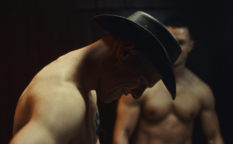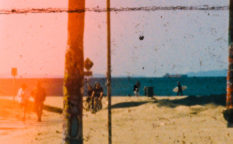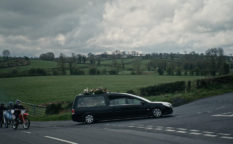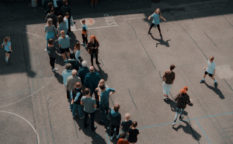Review: The Eclipse (2022)
CPH:DOX
DOX:AWARD
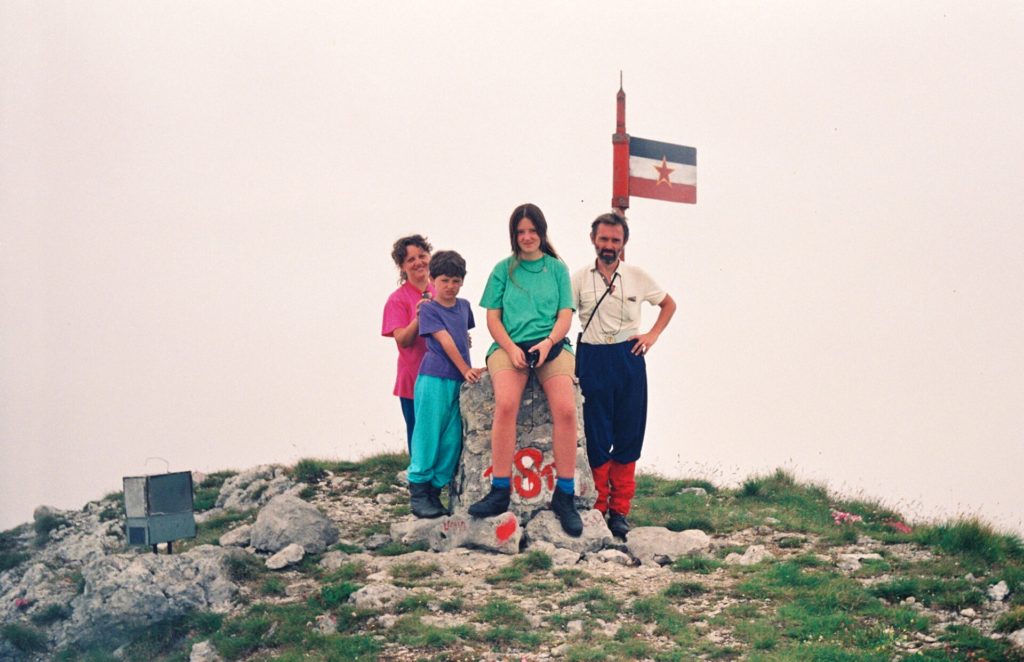
Two solar eclipses occurred in the second half of the twentieth century, one in 1961 and another in 1999. Contrary to the title, Nataša Urban’s first feature-length documentary The Eclipse is not about either of the two events considered as a natural phenomena, but they provide one of the inner framings in this films intriguingly constructed as the series of concentric circles thematizing the cyclic nature of violence outbursts in Balkans. The film premiered at CPH DOX where it won the festival’s main DOX:AWARD.
Nataša Urban opens her film with a grainy, boxy black and white shot of an eclipse, and a narration from a letter she has probably written to herself stating the ambition to explore and potentially explain the downfall of Yugoslavia and the events of the 90s marked by a series of wars in the former Yugoslav republics, from her personal and her family’s and friends’ point of view. In the next series of shots, we see the landscape around the river Danube in the magic hours of dusk and dawn, followed by the urban landscapes of the socialist buildings in Novi Sad filmed in broad daylight. It seems like a fairly conventional way to open a film, but the full circle is drawn in the end, with the similarly composed and naturally lit shots of the examples of the urban landscape devastation that occurred in the Serbian cities lately. That would be the outer framework in the clever structure of Urban’s film.
The inner framing of the two solar eclipses is significant due to the events that happened between them, and also by different narratives created around them. The eclipse of 1961 was promoted as a once-in-a-lifetime type of phenomenon that needs to be seen with the measures of precaution: it should be observed only through a darkened glass. The second eclipse was a prime example of the state-imposed narrative control: coming only a couple of months after the NATO air campaign against Serbia, it was declared dangerous by the state propaganda, which served as a test of public obedience, naivety and tendency not to question whatever comes from the “higher place”. What happened between the events was the “death” of Yugoslavia, the wars and the change of system and narrative from “brotherhood and unity” to tribal nationalism.
The central section of the film is actually quite linear, and it covers the events from the 90s. Using the textual info-cards, Nataša Urban explains the seminal events, from the change in narrative, establishing the mainstream “school of thought” in which Serbian people were the victims of their neighbours, over the course of the political and warfare events such as anti-dictatorship demonstrations in Serbia, the destruction of the town of Vukovar in Croatia by the Serbian paramilitary forces and Yugoslav People’s Army, the 1000-day siege of Sarajevo, the genocide in Srebrenica, the mass killings in Kosovo and the disposal of the bodies of the Albanian civilians using the refrigerator trucks, and finally – the NATO intervention that hit Novi Sad especially hard, with the destruction of all of the city’s bridges.
The info-cards are juxtaposed with the journal entries of Nataša’s father Borislav that cover the same dates. Borislav is an avid hiker, mountain climber and a surveyor of sorts who covered the greatest part of Fruška Gora, the mountain positioned between Novi Sad and Belgrade. The question of the illusion of a “normal” life is addressed later on in a conversation between the two, while Borislav’s observations from the journal offer a new perspective of the war, such as the migrations of animals and the appearing of poachers as a result of the surplus of firearms left over from the war.
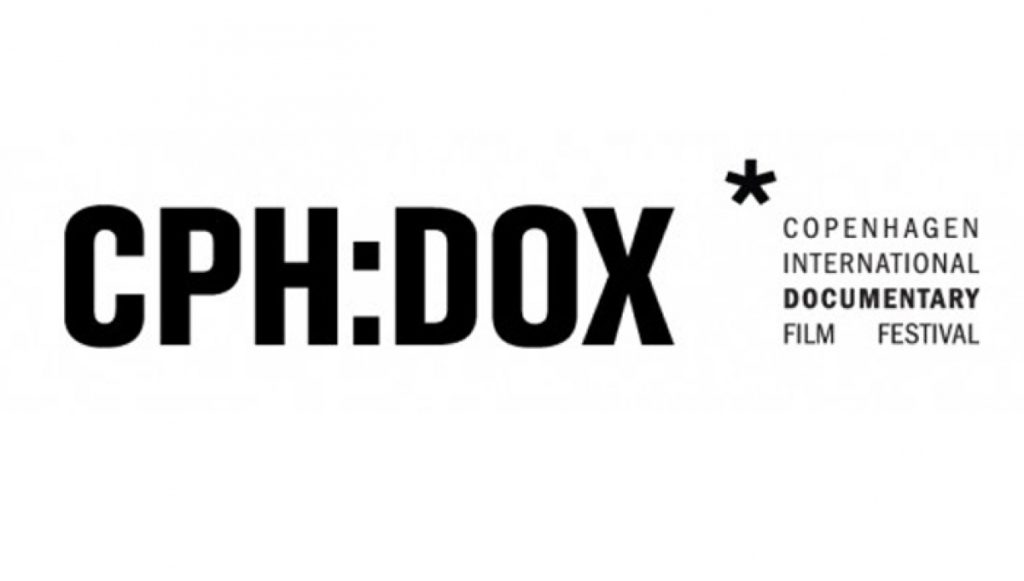
Between those two-handed series of cards and narrations re-enacted by Borislav himself revisiting the same grounds he was writing about in the journals, Nataša Urban interviews her family members and relatives to provide a more personal and humane context of the events she did not remember very well, but wants to understand nevertheless. Both of her grandmothers tell the stories of poverty and atrocities they witnessed during the WWII when they were children. Her mother tells the story about the rise of nationalism she witnessed at her work place and the very particular way to maintain her humaneness after the air campaign by caring for her precious hibiscus plant that was left behind in a bombed building. Her clear-eyed aunt traces the circles of violence she witnessed first-hand as a waitress at a shady inn frequented by the “weekend warriors” Chetniks to the sadism of her father towards the domestic animals and the slap she got from him in the childhood out of pure confusion. One of Nataša’s friends is traumatized by her father’s involuntary involvement in the siege of Vukovar, which turned her to religious mysticism and, judging by the broken stream of consciousness, drug use. The other one tells the story of being a refugee from Vukovar and her father being incarcerated and beaten by the both sides in the bloody war (for being a Croat, or for not being Croat enough, since he was married to a Serbian woman). The third one remembers being ostracized by her school friends for her parents and uncle being locally prominent members of the opposition parties who took part in the March 9th protests, and later on re-telling the story of the trip to Vukovar she took with Nataša and another friend to visit the (remains of) the friend’s apartment.
Those stories make up for the mosaic that shifts the perspective of the series of conflicts to that of the common people who, at the time, might not have been completely aware of what was happening. The mosaic is also matched by different types, formats and aspect ratios of imagery, both archival and newly filmed. While Ivan Marković filmed most of the material, some of it quite concrete, some abstract, and all unnerving, on super-16, Nataša Urban served as an additional cinematographer for the super-8 material that mimics the style of home movies she also used. The variety of imagery is also followed by the soundscape, with Svenn Jakobsen’s sound design work and the rarely, but effectively played droning musical score by Billy Gould (Faith No More bassist and Serbian rakija afficianado and importer) and Jared Blum. The whole thing might pose a challenge to an editor less skilled and less inspired than Jelena Maksimović who already showcased her abilities in a number of documentaries, shorts, fiction and hybrid movies, including her own Taurunum Boy and Homelands. She is on top of her game here and in complete synergy with Urban’s vision, which in the end results in an exceptionally crafty and emotionally devastating film about the people and the conflict.
The only thing that could be listed as slightly problematic here are the textual cards and the information they contain, but it depends from the point of view of the very viewer. For those who come from the region of former Yugoslavia, they might be seen as plain, general and superficial, with the data that is pretty much common knowledge. But The Eclipse is a Norwegian production (Nataša Urban was born in Serbia, but she resides in Norway, after the studies and the beginning of her filmmaking career in Romania) that will travel the festivals all over the world and be presented to the audiences that might not be acquainted with the necessary information. However, the more personal contexts and information shared might be especially valuable for the viewers in Serbia and former Yugoslavia, where the whole film could be put in a wider context together with Ognjen Glavonić’s Depth Two, Marta Popivoda’s Landscapes of Resistance and Biljana Tutorov’s When Pigs Come, and serve as a proof of Serbian documentary film being very much alive, active and uncompromising in its social activism. It is of the utmost importance in the situation when wars in Europe re-emerge as the facts of life and the political climate shifts to the nationalist tendencies.
Original Title: Formørkelsen
Country: Norway
Languages: Serbian, Romanian
Runtime: 109’
Directed by: Nataša Urban
Written by: Nataša Urban
Cinematography by: Ivan Marković
Editing by: Jelena Maksimović
Music by: Bill Gould, Jared Blum
Sound design by: Svenn Jakobsen
Sound recording by: Nataša Urban
Additional cinematography by: Nataša Urban
Colourist: Ivan Marković
Assistant director: Aleksandar Reljić
Produced by: Ingvil Gliske
Production company: Medieoperatørene
Supported by: Norwegian Film Institute, The Fritt Ord Foundation, Fond for lyd og bilde, Statens kunstnerstipend
Sales by: Taskovski Films

